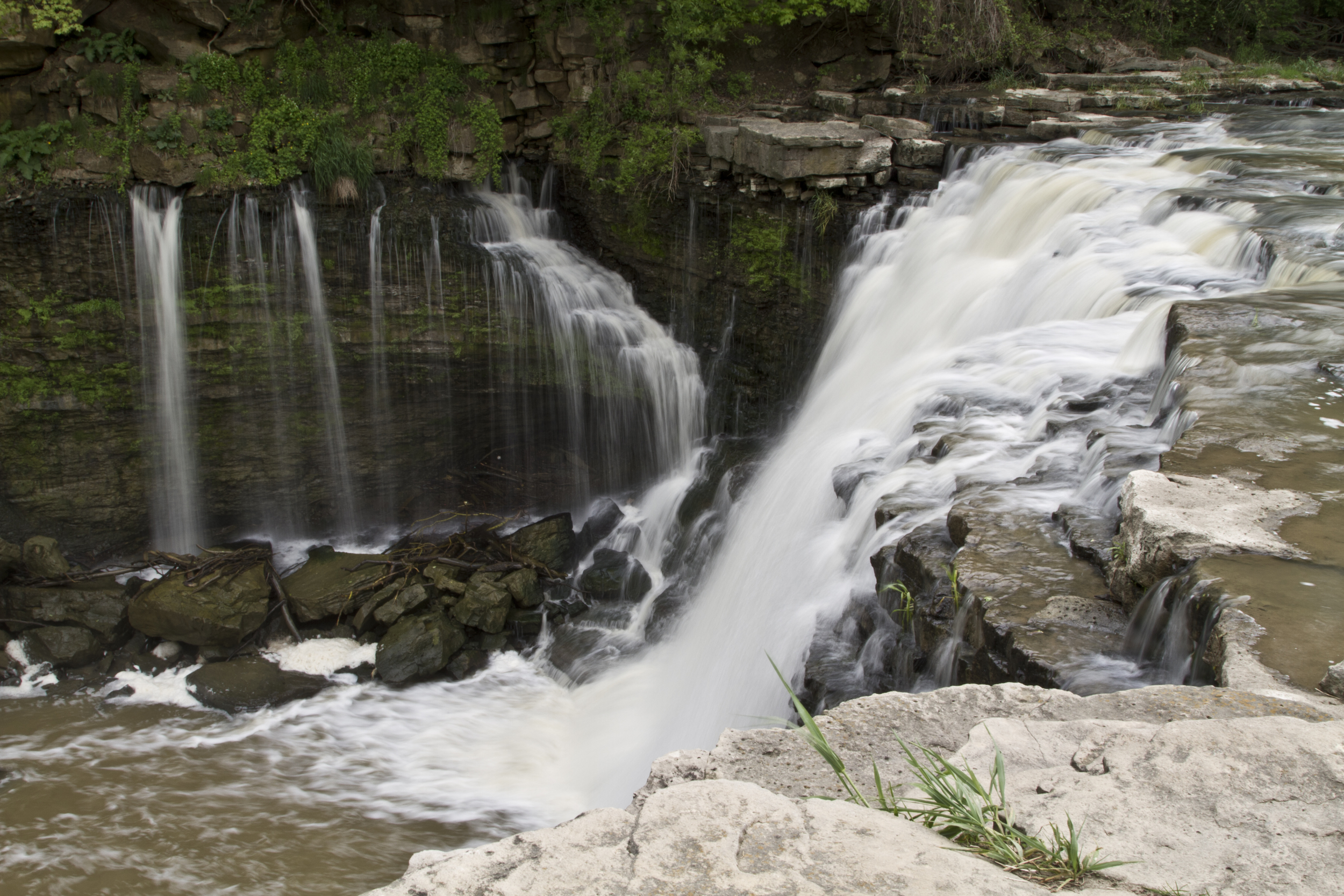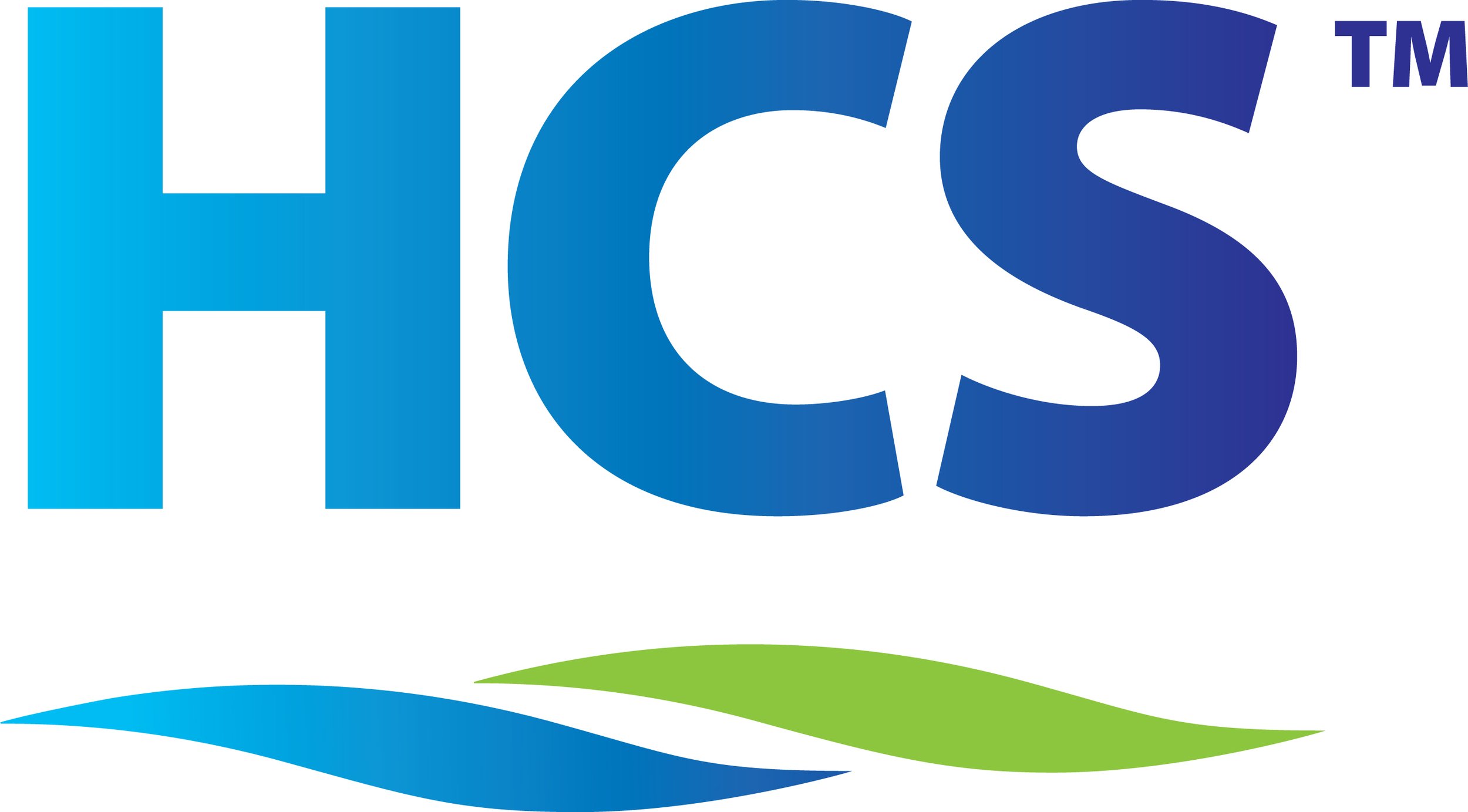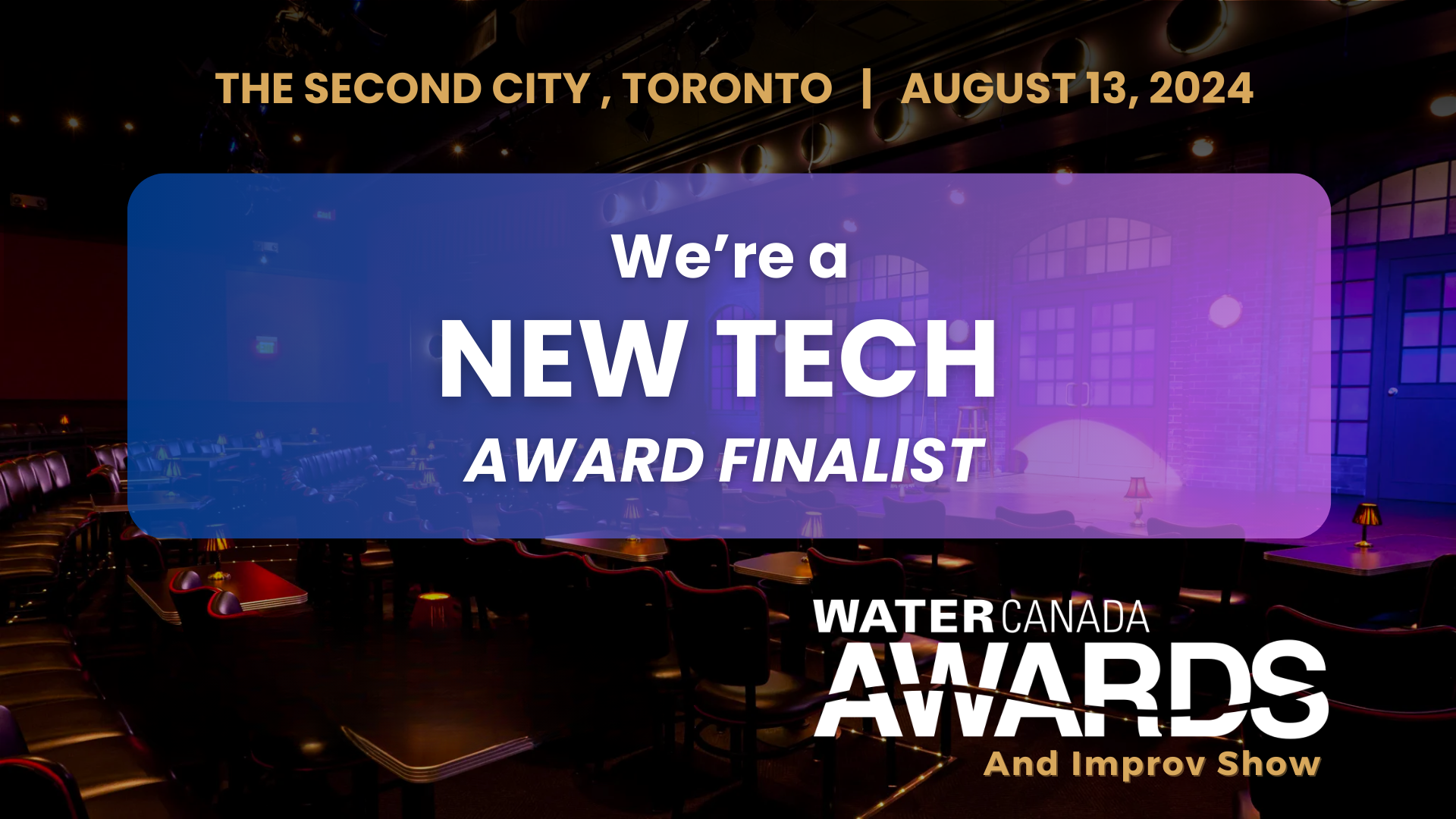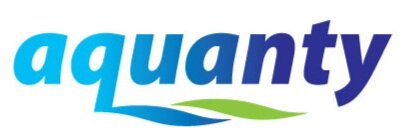

Announcing HydroClimateSight - Aquanty’s comprehensive suite of web services
As we continue to develop new technologies, we’ve realized the necessity to reformulate the way that these technologies are presented/communicated to our stakeholders. With that in mind, we’re here to announce the rebirth of our suite of web-based technologies as HydroClimateSight (HCS). HCS brings all of our technologies together under a common umbrella, providing users with a comprehensive suite of tools to support decision making with best-in-class, physics and AI-based hydro-climatological forecasting. Read-on to learn more about the unique value that Aquanty can offer by combining a comprehensive suite of weather, climate and hydrological prediction tools.

HGS RESEARCH HIGHLIGHT – Improving control of contamination from waste rock piles
This study conducted by researchers investigates how well compacted cover layers on waste rock piles can mitigate infiltration into these waste piles, reducing the overall potential for oxidation of sulfidic waste materials and control environmental contamination. The research provides a detailed examination of how different cover configurations and hydrogeological conditions affect the performance of these covers in mitigating risks associated with waste rock piles.

NEW version of HGS PREMIUM September 2024 (REVISION 2724)
The HydroGeoSphere Revision 2724 (September 2024) is now available for download.

HGS RESEARCH HIGHLIGHT – Assessing the impact of surface water and groundwater interactions for regional-scale simulations of water table elevation
In this research highlight, researchers Hugo Delottier, Oliver S. Schilling, and René Therrien, conducted an in-depth exploration of how the interaction between surface water (SW) and groundwater (GW) affects the accuracy of regional-scale simulations of water table elevations in Southern Quebec. This investigation was conducted over a vast 36,900 km² regional aquifer system, which is marked by a complex hydrogeological setup. The area of study includes a regional bedrock aquifer that is overlain by discontinuous Quaternary sediments, presenting a challenging environment for accurate hydrological modelling.

Intro to HGS-PDAF (version 1.0) - Aquanty Webinar
A recording of our August 12st, 2024 webinar is now released.
In this recording of our recent webinar, we introduced HGS-PDAF (version 1.0)—a groundbreaking tool that enhances hydrological modeling through the integration of real-time data assimilation.

HGS RESEARCH HIGHLIGHT – A black-box automated approach to calibrate numerical simulations and optimize cover design: Application to a flow control layer constructed on an experimental waste rock pile
In this study, researchers developed and tested a novel black-box automated approach to calibrate numerical simulations and optimize cover designs for waste rock piles at mining sites. This work was undertaken by a team of scientists focusing on improving waste rock pile stability and minimizing environmental contamination.

Canada1Water - Research and Development Phase 1 Report
We are thrilled to announce the release of the Canada1Water (C1W) report, a groundbreaking achievement in the field of hydrology and water resource management. The C1W report represents the first-ever continental-scale model of Canada's entire water cycle, offering a comprehensive understanding of how water moves, accumulates, and changes across the vast Canadian landscape.

Aquanty Selected as Finalist for New Tech Award for Machine-Learning Based Streamflow Forecasting
Aquanty Inc. is proud to have been selected as finalists for the New Tech award at the annual Water Canada Awards. This award recognizes a groundbreaking new product at the forefront of technological innovation in the Canadian water sector.

NEW version of HGS PREMIUM AUGUST 2024 (REVISION 2718)
The HydroGeoSphere Revision 2718 (August 2024) is now available for download.

HGS RESEARCH HIGHLIGHT – Rapid transport from the surface to wells in fractured rock: A unique infiltration tracer experiment
In this study, researchers investigated the dynamics of rapid transport from the surface to monitoring wells in fractured rock environments using a unique infiltration tracer experiment. The focus was on understanding how tracers or contaminants move quickly through fractures to wells, which is crucial for assessing water quality and contamination risks.
